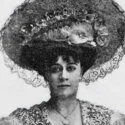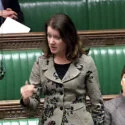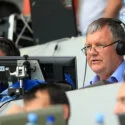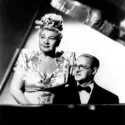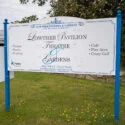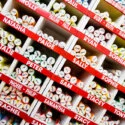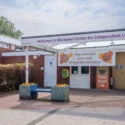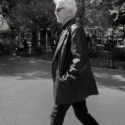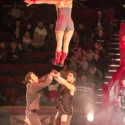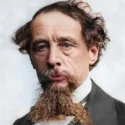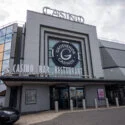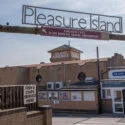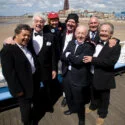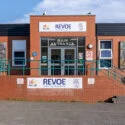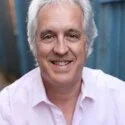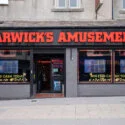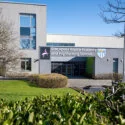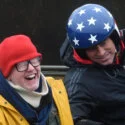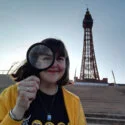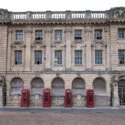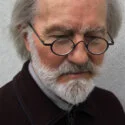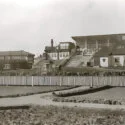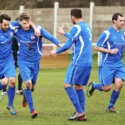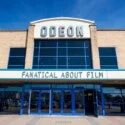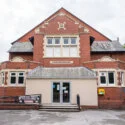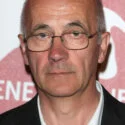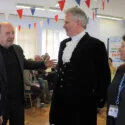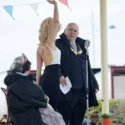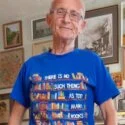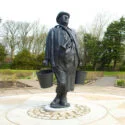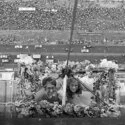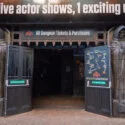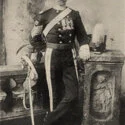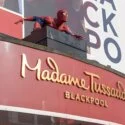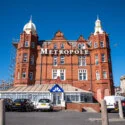Edwin Hughes, born on 12 December 1830, was a British Army soldier known as “Balaclava Ned.” He was the last surviving member of the famous Charge of the Light Brigade during the Crimean War (1854–56). Hughes married Hannah, who passed away in 1899, and they had two sons and two daughters. One of his daughters remained unmarried, and in 1910, Hughes moved to Blackpool to live with her. He was an active member of the Balaclava Commemoration Society, attending reunions of the Light Brigade survivors in 1895, 1910, 1912, and 1913. Hughes received a pension from the T. H. Roberts Fund, established to support veterans of the Charge who had fallen on hard times, and also from the Royal Patriotic Fund. With the death of William Henry Pennington of the 11th Hussars in May 1923, Hughes became the last surviving member of the Charge. In 1925, as the various relief funds ran dry, the War Office provided him with a special grant, which he received until his death on 18 May 1927.
Hughes was buried with full military honours at Layton Cemetery in Blackpool. A memorial plaque was unveiled at his former home on Mount Street, Wrexham, in October 1993. His three medals were sold at auction in 2005 for £16,000. Born in Wrexham, Wales, Hughes was one of nine children to William, a tin-plate worker, and Mary (née Jones). He was baptised at St Giles’ Church, Wrexham, on 5 January 1831. Initially trained as a shoemaker, Hughes joined the 13th Light Dragoons, part of the Light Brigade, on 1 November 1852, enlisting in Liverpool. He was posted to Hounslow, where he became Private Hughes, number 1506, and in 1854, he sailed with his regiment from Portsmouth to the Crimea. On 25 October 1854, Hughes took part in the Charge of the Light Brigade during the Battle of Balaclava. His horse was killed under him, trapping his leg. Reflecting on the experience, Hughes later said, “I was on duty that day from four o’clock in the morning until after the charge in the afternoon. We rode out at the command straight for the Russian lines. Before we reached them, my horse was shot, and in falling on its side, I got partially pinned underneath, injuring my leg. I was assisted away.”
After the charge, Hughes was put in charge of Russian prisoners. He also fought at the Battle of Inkerman on 5 November 1854 and was present throughout the siege and capture of Sevastopol. At the war’s end, he was awarded the Crimea Medal with clasps for Alma, Balaclava, Inkerman, and Sevastopol, as well as the Turkish Crimea Medal. In 1858, Hughes was promoted to corporal, to sergeant in 1863, and to troop sergeant major in 1871. He was discharged from the army on 24 November 1873 at Colchester Garrison, after completing 21 years and 24 days of service. On his discharge, he was presented with a marble clock by the non-commissioned officers of the 13th Hussars, the regiment formerly known as the 13th Light Dragoons. He was also awarded the Army Long Service and Good Conduct Medal. His discharge papers noted he was 42 years old, 5 feet 9 inches tall, with a fresh complexion, sandy hair, and hazel eyes.
The day after his discharge, Hughes enlisted in the Worcestershire Yeomanry, a mounted volunteer unit, where he served as sergeant-instructor until his retirement on 5 January 1886, having reached the required age for discharge. At this time, Hughes was living in Birmingham. The Charge of the Light Brigade (background image), depicted in an 1894 painting by Richard Caton Woodville Jr., captures the dramatic moment, with Lord Cardigan leading the charge alongside the 17th Lancers. The painting is now part of the permanent collection at the Palacio Real de Madrid.
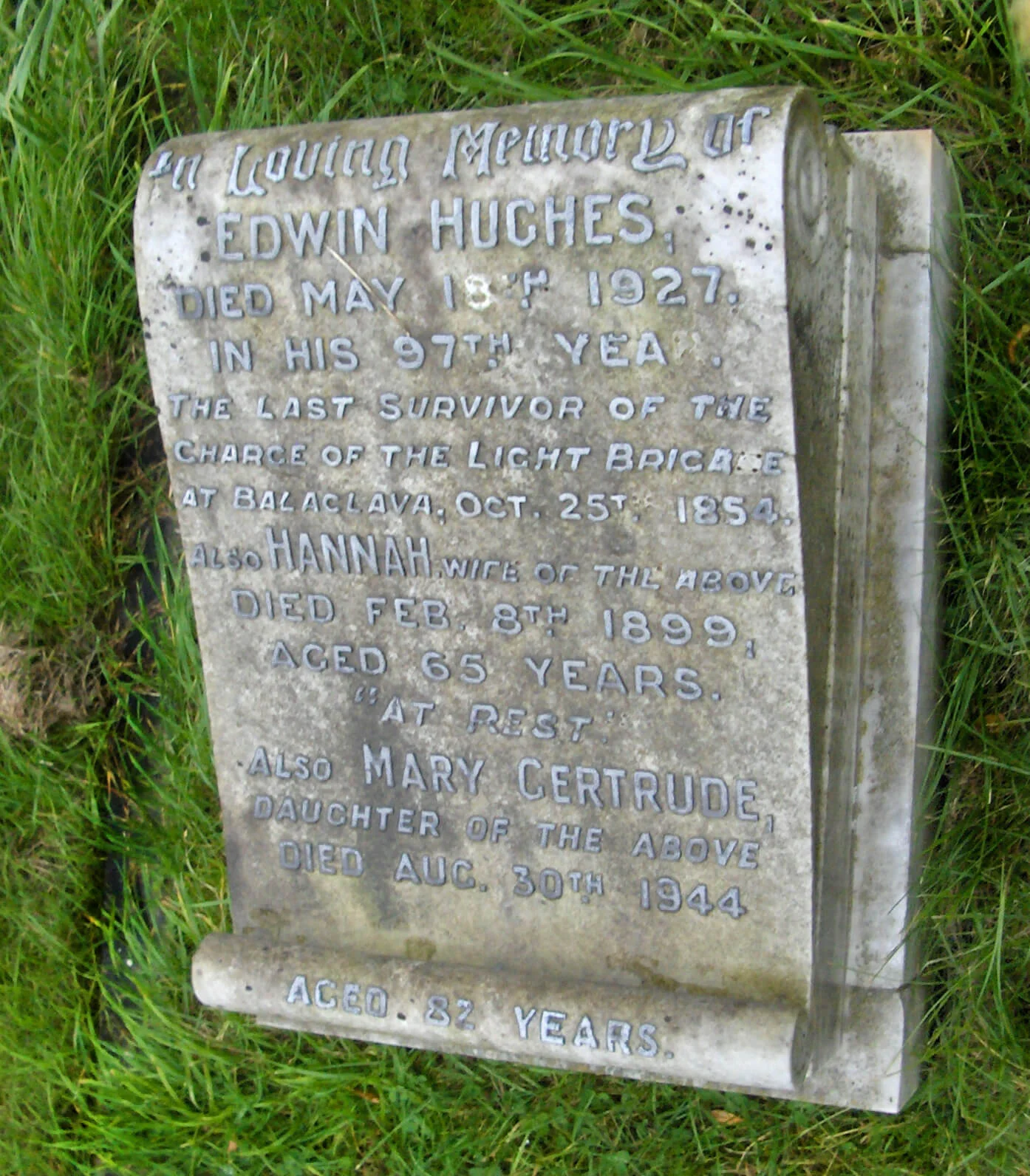
Edwin Hughes’s grave in Layton Cemetery, 2008
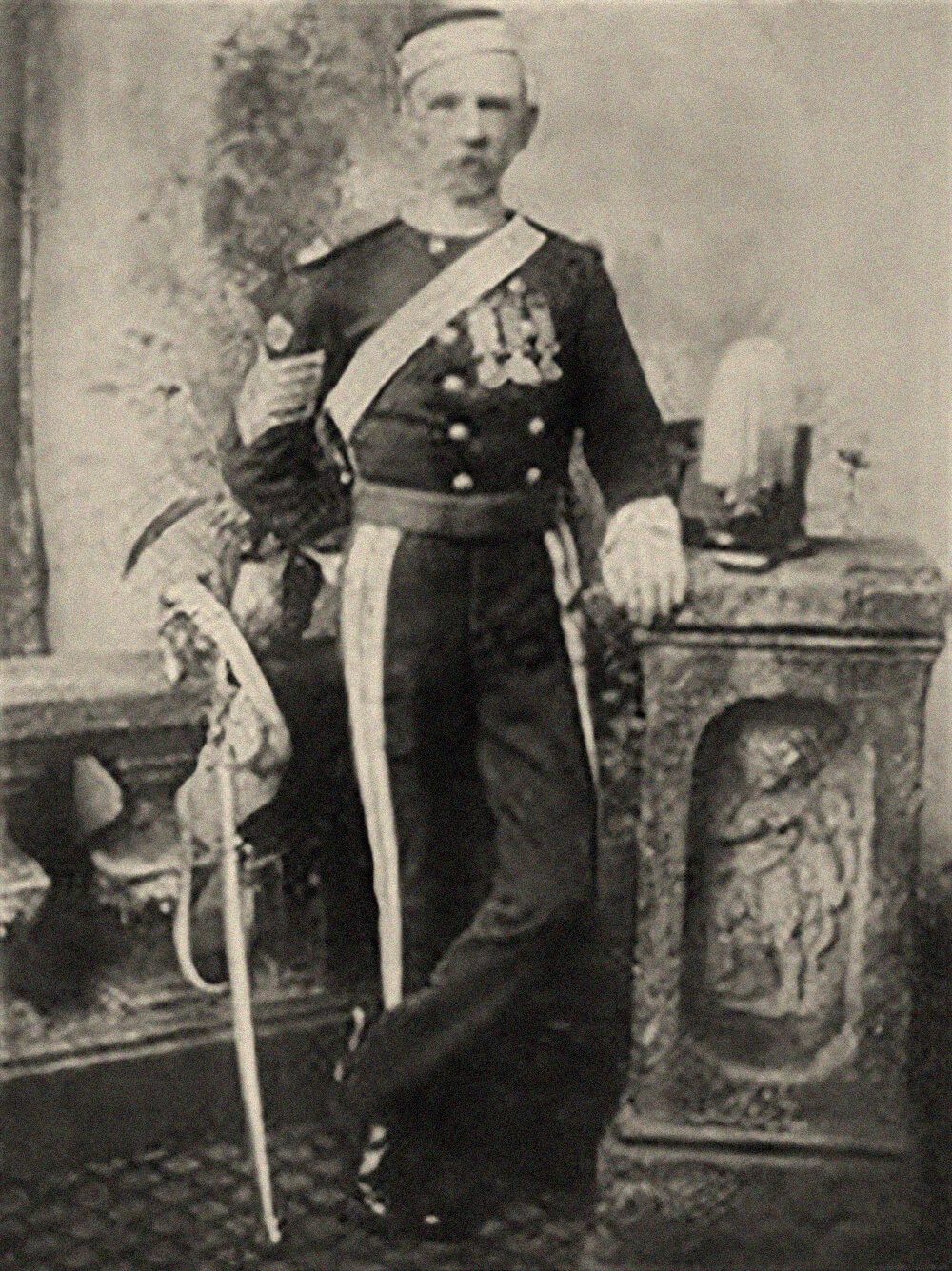
Edwin Hughes in about 1856
Additional Images © Leightonmowbray CC BY-SA 3.0

